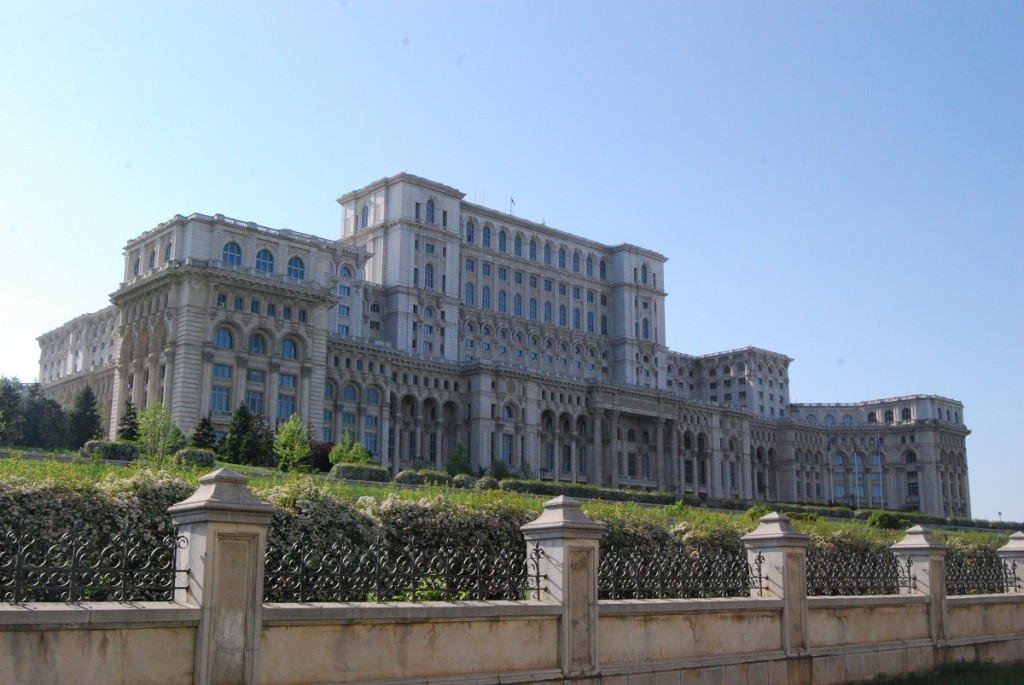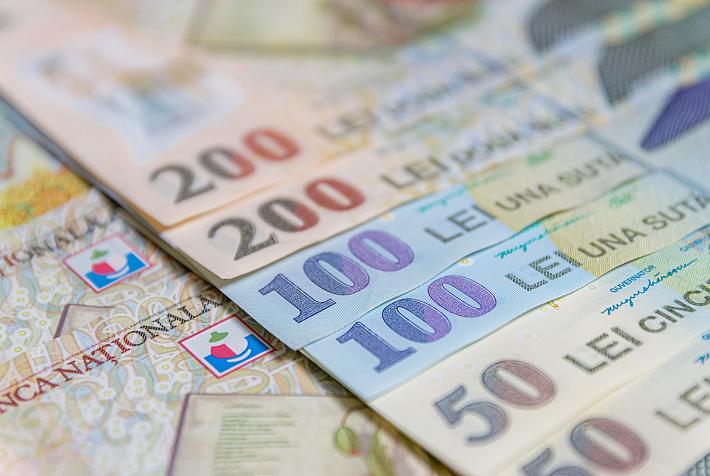Reuters takes a tour of Bucharest's must sees via 48 hour ‘Travel Postcard’ article

 News agency Reuters recently highlighted a run-down of their recommended places to visit in Bucharest, offering something for many different tastes. Reuters correspondent to Romania Sam Cage’s 48 hour ‘Travel Postcard’ offers a whistle-stop tour of the city, outlining many of the city’s historical buildings, alongside up-and-coming areas - all possible to visit in a 48 hour period.
News agency Reuters recently highlighted a run-down of their recommended places to visit in Bucharest, offering something for many different tastes. Reuters correspondent to Romania Sam Cage’s 48 hour ‘Travel Postcard’ offers a whistle-stop tour of the city, outlining many of the city’s historical buildings, alongside up-and-coming areas - all possible to visit in a 48 hour period.
The area of Piata Universitatii and the old medieval merchant district Lipscani, an area left almost untouched by the Communist dictator Nicolae Ceausescu, who destroyed much of the surrounding old city, are mentioned in the piece. It is paved with dense cobbled streets, and hosts many period buildings. The area is now the center of Bucharest’s growing nightlife, with many newly-opened themed clubs and bars. There are a wide range of cuisines offered in Lipscani, including traditional Romanian, French, Turkish, Italian, Indian and Hungarian food; something for every palate.
For those interested in architecture, Reuters mentions a number of architecturally unique sites in Bucharest, including the Curtea Veche. There is also the Stavropoleos Monestery, built in 1724, which showcases many Byzantine and baroque motifs.
The author recommends Piata Revolutiei, site of the former royal palace, now the National Museum of Art. The square outside the palace was the focal point of the 1989 revolutions, from where communist dictator Nicolae Ceausescu tried to flee before being caught and executed. Opposite the palace is the former communist headquarters, and in the center of the square is a monument to the victims of the revolution, often referred to scathingly by locals as ‘an olive on a stick’.
Then comes the Athenaeum Concert Hall, renowned as the city’s most beautiful building, and the venue of the George Enescu classical music festival. For those interested in classical music, the Cantacuzio Palace, a museum dedicated to Bucharest’s most famous composer, is also on the list of must sees.
Bucharest is home to many museums, including the Romanian Peasant Museum, which is also mentioned in the piece. The building, an example of Neo-Romanian architecture, houses a collection of folk art, textiles, and other articles from peasant life. There is also a café which offers traditional Romanian food, including ciorba, a sour soup, alongside platters of cold meats and cheeses. The museum also has a cinema that screens art house films, and a market selling local wares, located around a small wooden church.
The Casa Poporului or the ‘Palace of the People’ (in picture) was constructed in the 1970s by Ceausescu, ironically named as the construction of the building engulfed much of the state budget at a time when food and energy rationing tormented the population. It now houses parliament. Behind it sits the museum of contemporary art.
Sam Cage recommends taking the number 1 tram, just under a 2 hour journey and a quick circuit of the city, taking in the new Pasajuil Basarab bridge.
The full Reuters article here.
Nicola Peyton, nicola@romania-insider.com












